Breaking News


Popular News

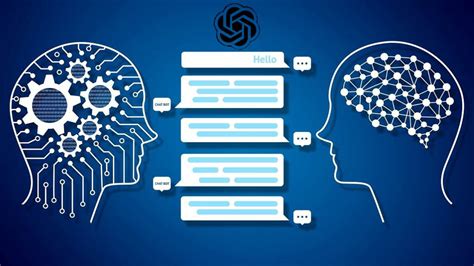
Explore the basics of ChatGPT API and learn to leverage it for text generation, language translation, sentiment analysis, and conversational AI enhancement.Natural Language Processing (NLP) has transformed the way we interact with technology, enabling machines to understand and interpret human language. With the advancements in NLP, ChatGPT API has emerged as a powerful tool for text generation, language translation, sentiment analysis, and conversational AI. In this blog post, we will delve into the world of NLP and explore the basics of ChatGPT API. We will discuss how this API can be utilized for various tasks such as generating natural-sounding text, translating languages, analyzing sentiments, and enhancing conversational AI. Whether you are a developer, a language enthusiast, or simply curious about the capabilities of NLP, this blog post will provide you with an insight into the potential of ChatGPT API and how it can revolutionize the way we interact with language and technology. Let’s dive into the fascinating world of NLP and discover the endless possibilities with ChatGPT API.
Contents

Natural Language Processing (NLP) is a field of computer science, artificial intelligence, and linguistics concerned with the interactions between computers and human language. It focuses on the development of algorithms and models that allow computers to understand and generate natural language. NLP has a wide range of applications, including language translation, sentiment analysis, and text generation.
One of the popular APIs for NLP is ChatGPT, which is developed by OpenAI. It utilizes a state-of-the-art language model to understand and generate human-like text based on the input it receives. By leveraging the power of ChatGPT API, developers can build applications that interact with users in a more natural and conversational manner.
As NLP continues to advance, it is important for developers and businesses to understand the fundamentals of this technology. Whether it’s for creating chatbots, analyzing customer feedback, or improving communication systems, NLP has the potential to revolutionize how we interact with machines and process natural language data.
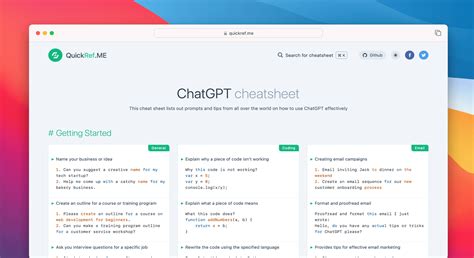
Exploring the Basics of ChatGPT API
When it comes to Natural Language Processing, ChatGPT API is a powerful tool that can be used for a wide range of applications. In this blog post, we will explore the basics of ChatGPT API and how it can be utilized for text generation, language translation, sentiment analysis, and enhancing conversational AI.
ChatGPT API is based on OpenAI’s GPT-3 model, which is one of the most advanced AI language models available today. It is capable of understanding and generating human-like text based on the input it receives. With the help of ChatGPT API, developers can create applications that can understand and respond to natural language in a conversational manner.
One of the key features of ChatGPT API is its ability to generate coherent and contextually relevant responses to user input. This makes it an ideal tool for building chatbots, virtual assistants, and other conversational AI applications. By leveraging the power of ChatGPT API, developers can create highly engaging and interactive user experiences.
In addition to text generation, ChatGPT API can also be used for language translation and sentiment analysis. It can understand and translate text in multiple languages, making it a valuable tool for building multilingual applications. Furthermore, it can analyze the sentiment of user input, enabling developers to create applications that can understand and respond to the emotions of the user.
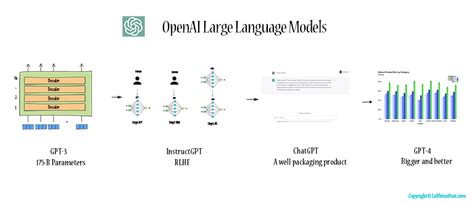
When it comes to text generation, ChatGPT API is a powerful tool that can be utilized for a variety of applications. Whether you are a content creator, a developer, or simply someone interested in experimenting with natural language processing, ChatGPT can provide you with the means to generate coherent and contextually relevant text.
By leveraging the capabilities of ChatGPT, you can generate blog posts, marketing copy, product descriptions, and much more. The API’s ability to understand and mimic human language makes it a valuable resource for those looking to automate the process of generating textual content.
With ChatGPT, you can simply provide a prompt or a topic, and the model will produce a cohesive piece of writing that aligns with the given input. This not only saves time and effort, but also ensures that the generated text maintains a high level of quality and readability.
| Benefits of ChatGPT for Text Generation: |
|---|
|
|
|
|
|
|
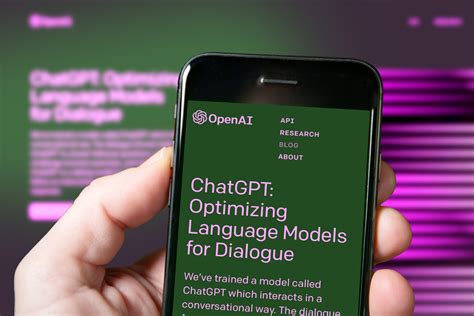
Language translation has become an indispensable part of our lives with the increasing global interactions and the need to communicate across different languages. With the advancements in technology, leveraging ChatGPT for language translation has become a game-changer in the field of Natural Language Processing. Using the GPT-3 model, ChatGPT API has revolutionized the way we approach language translation.
With the help of ChatGPT, language translation has become more accurate and efficient, allowing users to seamlessly translate text from one language to another. The AI-powered capabilities of ChatGPT enable it to understand and interpret the context of the text, resulting in high-quality translations that preserve the original meaning and tone.
By utilizing the ChatGPT API for language translation, businesses and individuals can overcome language barriers and communicate effectively with people from different linguistic backgrounds. This not only enhances global communication but also opens up new opportunities for collaboration and partnership across borders.
| Benefits of Using ChatGPT for Language Translation: |
|---|
|
|
|
|
|
|
|
|
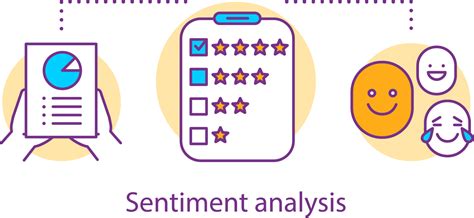
Implementing ChatGPT for Sentiment Analysis
Natural Language Processing (NLP) has made significant strides in recent years, paving the way for groundbreaking applications in various fields. One such remarkable advancement is the development of OpenAI’s ChatGPT API, a powerful tool that can be harnessed for sentiment analysis.
Sentiment analysis involves the use of NLP techniques to determine the emotional tone behind a piece of text. With the ChatGPT API, this process becomes more seamless and accurate, as it leverages a vast amount of data to understand and interpret language in context.
In order to implement sentiment analysis using ChatGPT, you can utilize the API’s text generation capabilities to generate responses based on the sentiment expressed in the input text. By training the model on a diverse range of sentiments, it can effectively classify and analyze the sentiment of incoming text inputs.
Furthermore, by employing custom training data and fine-tuning the model, you can enhance the accuracy and specificity of the sentiment analysis process. This level of customization allows for more precise categorization of sentiments, making ChatGPT an invaluable tool for businesses looking to gauge public opinion, customer feedback, and brand sentiment.
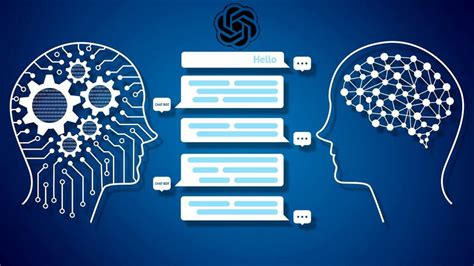
Achieving human-like conversations in artificial intelligence has long been a goal for researchers and developers. With the advancement of Natural Language Processing (NLP), this goal is becoming increasingly achievable. One powerful tool that is pushing the boundaries of conversational AI is the ChatGPT API.
Utilizing the capabilities of ChatGPT, developers can now enhance their conversational AI models with improved language processing and generation. By leveraging the vast database of human conversations and language patterns, ChatGPT enables AI to engage in more natural and contextually relevant conversations.
With the help of machine learning algorithms, ChatGPT can analyze the sentiment and intent behind user queries, allowing for more accurate and personalized responses. The API can be integrated into various platforms, such as chatbots, virtual assistants, and customer support systems, to provide a more human-like conversational experience.
Furthermore, developers can explore the possibilities of using ChatGPT to not only understand and respond to text, but also to translate languages in real-time, making multilingual conversations possible. By implementing ChatGPT, the potential for enhancing conversational AI is vast, opening up new opportunities for creating more intelligent and intuitive interactions between humans and machines.
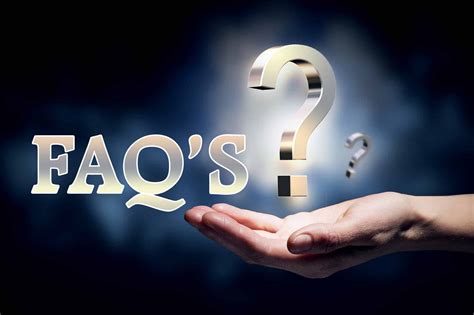
What is Natural Language Processing (NLP)?
NLP is a branch of artificial intelligence that helps computers understand, interpret, and respond to human language in a valuable way.
What is ChatGPT API?
ChatGPT API is an advanced language model developed by OpenAI that can generate human-like text based on the input it receives, enabling developers to create conversational applications.
How does ChatGPT API work?
ChatGPT API uses a deep learning model to analyze and understand the input it receives, and then generates a coherent and contextually relevant response based on the input.
What are some practical applications of NLP and ChatGPT API?
NLP and ChatGPT API can be used for chatbots, language translation, content generation, sentiment analysis, and more, making it useful for a variety of industries including customer service, healthcare, education, and marketing.
Is there a limit to the length of input for ChatGPT API?
Yes, the maximum length of input for ChatGPT API is 2048 tokens, which typically translates to a few paragraphs of text.
Can ChatGPT API understand multiple languages?
Yes, ChatGPT API has been trained on a diverse range of languages, allowing it to understand and respond to text input in multiple languages.
How can developers integrate ChatGPT API into their applications?
Developers can integrate ChatGPT API using the provided API endpoints and documentation, and can also customize the model’s behavior and responses based on their specific use case.